From the Island to Your Kitchen: 7 Irresistible Puerto Rican Seasoning Secrets You Need to Know!
Welcome, spice lovers! If you've ever tasted authentic Puerto Rican cuisine, you know that its flavor profile is like a warm island breeze — vibrant, layered, and totally addictive. Today, we’re diving into the heart of the Caribbean pantry with our favorite Puerto Rican seasoning. Whether you're a pro chef or just someone who loves experimenting in the kitchen, this article is your golden ticket to bringing tropical flair into every dish.
Table of Contents
- Introduction: What Makes Puerto Rican Seasoning Special?
- Essential Spices in Every Puerto Rican Pantry
- Mojo Criollo: The Soul of Puerto Rican Flavor
- Sazón Goya: The Commercial Shortcut (But Is It Authentic?)
- DIY Time! Homemade Puerto Rican Seasoning Blends
- Cooking Tips: How to Use Puerto Rican Seasoning Like a Local
- Visual Guide: Spice Comparison Table
- Conclusion: Let Your Taste Buds Take a Vacation
Introduction: What Makes Puerto Rican Seasoning Special?
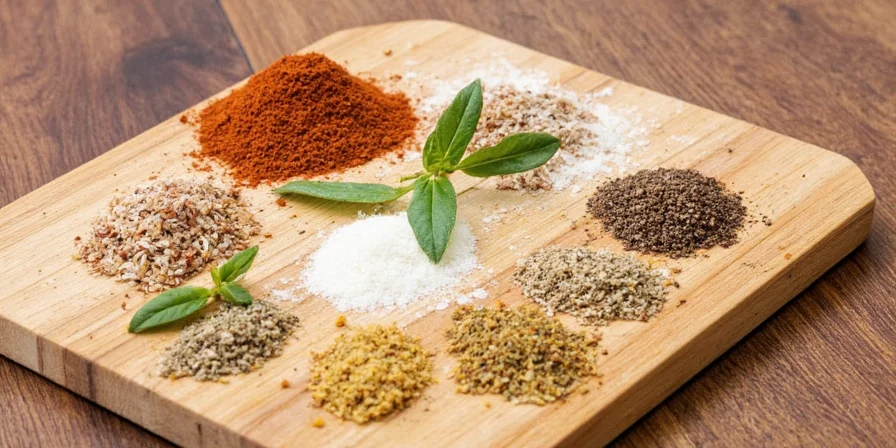
Puerto Rican seasoning isn’t just one thing — it’s an entire universe of aromatics, herbs, and spices woven together through generations of culinary tradition. Rooted in Taíno, Spanish, African, and American influences, these flavors tell the story of the island’s complex history in every bite.
Essential Spices in Every Puerto Rican Pantry
Let’s start with the holy trinity of Puerto Rican seasoning:
- Cumin (Comino): Adds earthiness and depth.
- Garlic Powder (Ajo en Polvo): The backbone of most adobos and marinades.
- Oregano (Orégano): Usually in dried form, but often Mexican oregano for more intensity.
Add to that:
- Salt & black pepper
- Annatto (Achiote): For color and subtle peppery warmth
- Coriander
- Paprika
Mojo Criollo: The Soul of Puerto Rican Flavor
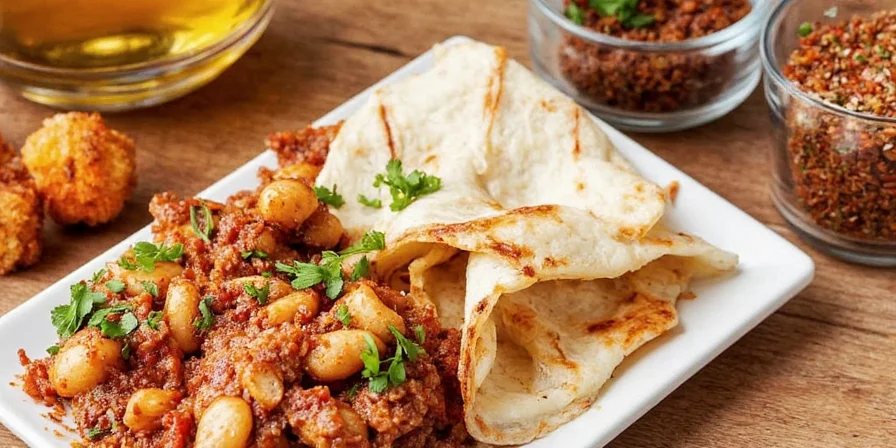
Mojo criollo is not just a sauce — it’s a way of life in Puerto Rico. This zesty citrus-based marinade is loaded with garlic, onion, oregano, and olive oil. Some versions even include crushed bay leaves and a dash of vinegar or wine.
- Lime juice: For tangy brightness
- Garlic cloves: Lots of ’em
- Dried oregano: Traditionally Mexican
- Crushed red pepper flakes: Optional heat
- Oil: Olive or vegetable works best
Sazón Goya: The Commercial Shortcut (But Is It Authentic?)
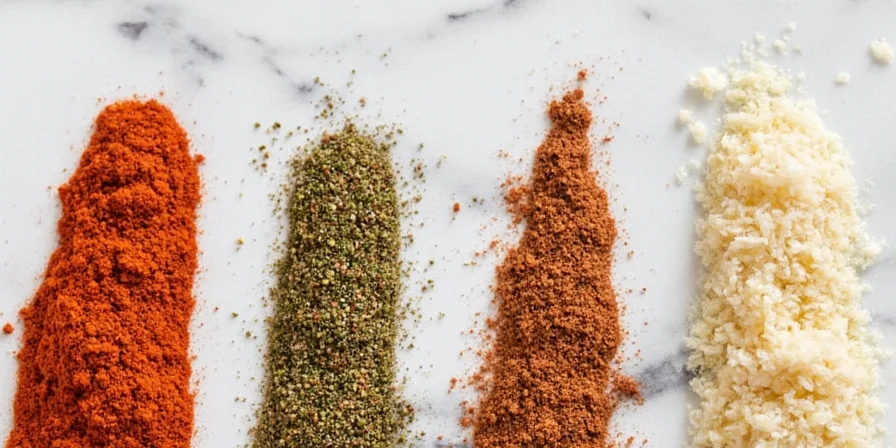
If you’ve shopped at any major supermarket in the U.S., chances are you’ve seen those yellow packets labeled “Sazón Goya.” This pre-mixed seasoning blend contains turmeric (for color), coriander, cumin, garlic powder, and salt. While convenient, many purists argue it lacks the complexity of homemade blends — especially because it often includes MSG and anti-caking agents.
Pros of Sazón Goya
- Quick and easy
- Inexpensive
- Consistent flavor every time
Cons of Sazón Goya
- Less fresh ingredients
- High sodium content
- Lacks authenticity for traditional dishes
DIY Time! Homemade Puerto Rican Seasoning Blends
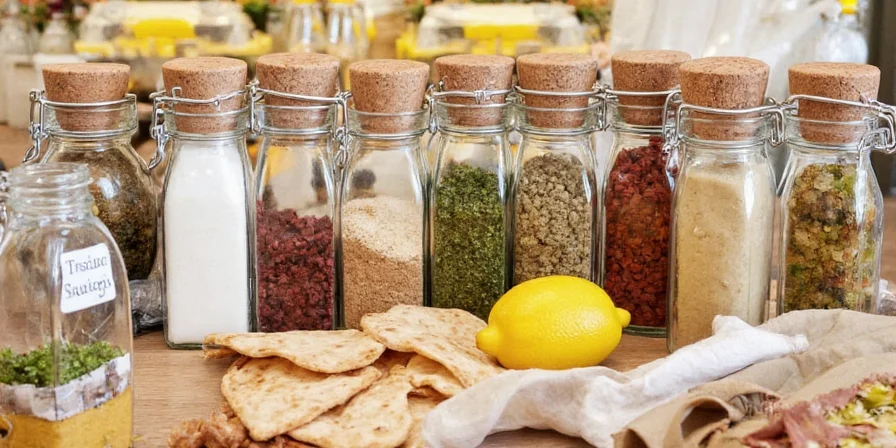
Ready to elevate your cooking game? Here are two must-try homemade Puerto Rican seasoning blends:
Classic Adobo
- 2 tbsp garlic powder
- 1 tbsp onion powder
- 1 tbsp dried oregano
- 1 tsp ground cumin
- 1 tsp paprika
- 1 tsp salt
- ½ tsp black pepper
Island-Style Mojo Powder Mix
- 2 tbsp dried orange peel
- 1 tbsp dried lime zest
- 1 tbsp garlic powder
- 1 tbsp onion powder
- 1 tsp ground cumin
- 1 tsp dried oregano
- ½ tsp crushed red pepper
- ½ tsp salt
Cooking Tips: How to Use Puerto Rican Seasoning Like a Local

You’ve got the seasonings — now what? Here’s how to use them like a true Boricua:
Tip #1: Don’t Skip the Mojo
Marinate meats, seafood, and even tofu overnight in mojo criollo. It transforms any protein into a flavor bomb.
Tip #2: Layer Flavors Slowly
Add small amounts of seasoning at different stages of cooking — during sautéing, while simmering, and again just before serving.
Tip #3: Toast Dry Spices First
Heat up a dry pan and toast cumin, annatto, and coriander seeds briefly to release their aromatic oils before grinding.
Tip #4: Use Fresh Herbs When Possible
Fresh culantro (not cilantro!) adds a punch of green heat and freshness that dried herbs can't match.
Tip #5: Balance Acidity
A splash of citrus or vinegar after cooking lifts the whole dish and brightens up all the spices.
Visual Guide: Spice Comparison Table

| Spice/Blend | Main Ingredients | Flavor Profile | Best Used In |
|---|---|---|---|
| Adobo Seasoning | Garlic, oregano, cumin, paprika | Earthy, savory, slightly smoky | Meats, beans, rice |
| Mojo Criollo | Lime, garlic, oregano, oil | Tangy, herbal, garlicky | Grilled chicken, fish, veggies |
| Sazón Goya | Turmeric, coriander, cumin | Briny, salty, bright yellow | Stews, soups, rice |
| Annatto Oil | Annatto seeds, oil | Peppery, nutty, colorful | Coloring meats, paella |
| Island Mojo Powder | Citrus zest, garlic, pepper | Zesty, fragrant, bold | Seasoning rubs, dressings |
Conclusion: Let Your Taste Buds Take a Vacation
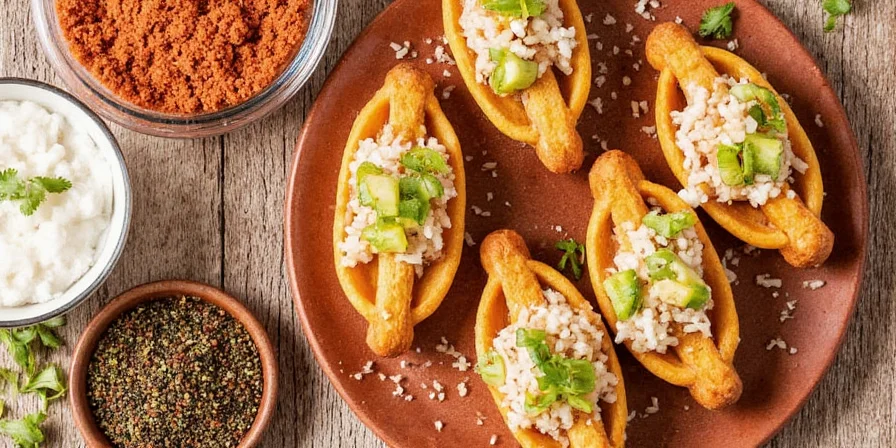
Whether you're whipping up arroz con gandules or grilling up some juicy chicken thighs, mastering the art of Puerto Rican seasoning opens up a world of flavor right from your own kitchen. So go ahead — embrace the spices, experiment boldly, and don’t be afraid to let your food tell a story of sunshine, rhythm, and soul.
Until next time, keep stirring the pot and keep those taste buds dancing! 🌴🌶️

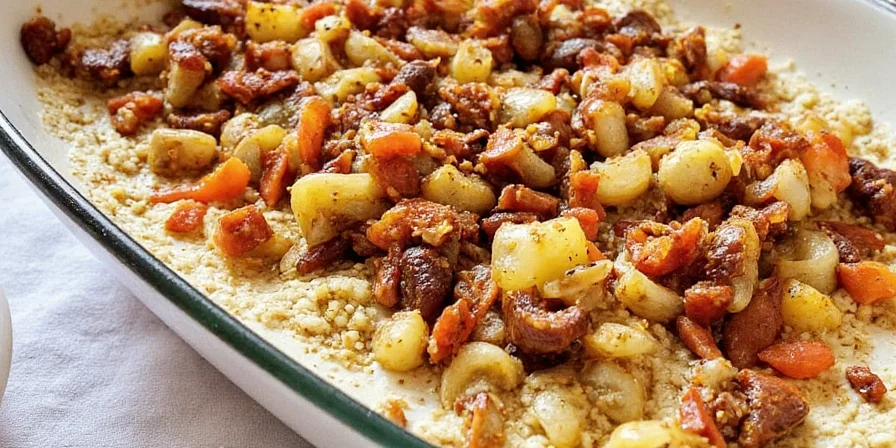









 浙公网安备
33010002000092号
浙公网安备
33010002000092号 浙B2-20120091-4
浙B2-20120091-4